Even before I had a career as an artist, I was an artbook collector. Unfortunately, there’s only so much bookshelf space in my home and I’ve slowed down considerably as that space limitation has been tested. This also dovetailed with a realization that I own quite a lot of books that I have not spent nearly enough time looking through. The result, in short, is that I maintain my collection carefully and I’m not afraid to thin the herd when necessary. To buy a new book now, I really need to want it. And when I saw that the new Bernie Fuchs book was finally available, I really wanted it.
This morning was my first chance to sit down and give the Fuchs book my undivided attention and it did not disappoint. Slowly leafing through each page, I started wondering if it might be the most inspirational art monograph I’ve looked through in recent memory. Many times I was so impressed by his composition that I expressed it out loud (despite that my cats are rarely interested) and his dreamy, nostalgic, yet precise and accurate rendering has me recommitted to exploring the balance of realism and abstraction in my own work. These paintings are mostly between 3-5 decades old and they hit me powerfully, leaving me excited to be bolder in my own compositions and rendering. I was already a big fan of Fuchs, but getting a concentrated dose (and a well curated, well presented one as well) touched me deeper than even expected.
And afterwards I started thinking about my favorite artbooks. Favorite by artist? Favorite by educational value? Rarest? Favorite by inspirational value? Favorite as an object in and of itself?
But the question that seemed most interesting to me ended up being: If I could only keep ten (and ignoring dedications and remaques for this decision), what would they be and why? And so here are my ten
The Life and Art of Bernie Fuchs, The Illustrated Press, 2017
Why it makes the cut: I can’t get tired of that pure 70s Gothic vibe
Alla Prima: Everything I Know About Painting (Richard Schmid), Stove Prairie Press, 1998
Whenever I’m asked for recommendations on educational books about painting, this is always number one. Schmid lays out his philosophy in pretty basic chapters (Drawing, Values, Edges, etc.) and it feels very plainly stated for a beginner audience. The magical thing is that you can read it even as an expert and still come away with valuable information. I first read this book as a student. When I’ve revisited it over the years, I continue to find all kinds of wisdom layered in that I’d missed on earlier readings. Add to that dozens of beautiful images that would make it worthwhile even without the text and it’s a top ten for sure. There’s a newly updated and expanded version that I have not read, but I’m interested to check it out.
Why it makes the cut: It’s a timeless source of technical wisdom that doesn’t feel at all technical
Alien is easily one of my favorite movies and I have several books that are in some way connected to it (Alien Vault, Aliens Set Photography, the Prometheus Artbook, along with several Giger books) and those are all great, but there’s something extra about this humble, slim softcover that came out right around the release of the original movie. It has a great mix of concept art, set photos, and stills, and I think also the fact that it exists with no knowledge of the franchise gives it a (now) unique lens to appreciate the film through.
Why it makes the cut: Visually, I just really connect with the vibe and atmosphere of Alien and this book captures it for me in its most authentic form.
Why it makes the cut: All I know is I reliably turn to this book every few months to help me tackle some aspect of an environment or background.
Why it makes the cut: A great inspiration for dynamic, innovative composition and design
If this is a safe space to share, I’ll tell you now that prior to seeing this book I was not a huge Dean Cornwell fan. I knew he was probably pretty good, but the random bits I’d been exposed to didn’t fully gel. When I finally got my hands on this one, I was blown away. Much like the Fuchs book (same publisher) it is just an astonishing overview of the career of a master painter and visual storyteller. And like the Fuchs book, it’s the kind of collection that makes me reevaluate my own work and technique and push myself that little bit harder. I really hope these guys can get a Mead Schaeffer book together one of these days…
Why it makes the cut: It makes me want to be a better painter
Why it makes the cut: The lessons in designing through shape and silhouette that can be found in this book make it a regular reference.
Why it makes the cut: A powerful reference for how much life a painting can have, regardless of subject
Mirage (Boris Vallejo), Del Rey/Ballantine, 1982
When it comes to an art book as its own statement, Mirage is my standard of excellence. In comparison to some elaborate art object volumes that have been released in recent years, it might seem pretty humble, but I look at it as a minimalist masterpiece. The presentation is clean, serious, and direct. Conceptually, it is extremely cohesive without ever feeling redundant. Every image adds to the overall world with such unique character that it feels surprisingly expansive, yet it only contains 32 paintings and 12 drawings. Less is more? Looking at this book feels like a museum exhibition: memorable, well curated, and treated with the highest respect for the work. Of course, this couldn’t be pulled off if the work itself didn’t fully deliver.
Why it made the cut: As inspiration both in presentation as well as demonstrating a powerful body of work with a clear vision, it is hard to top.


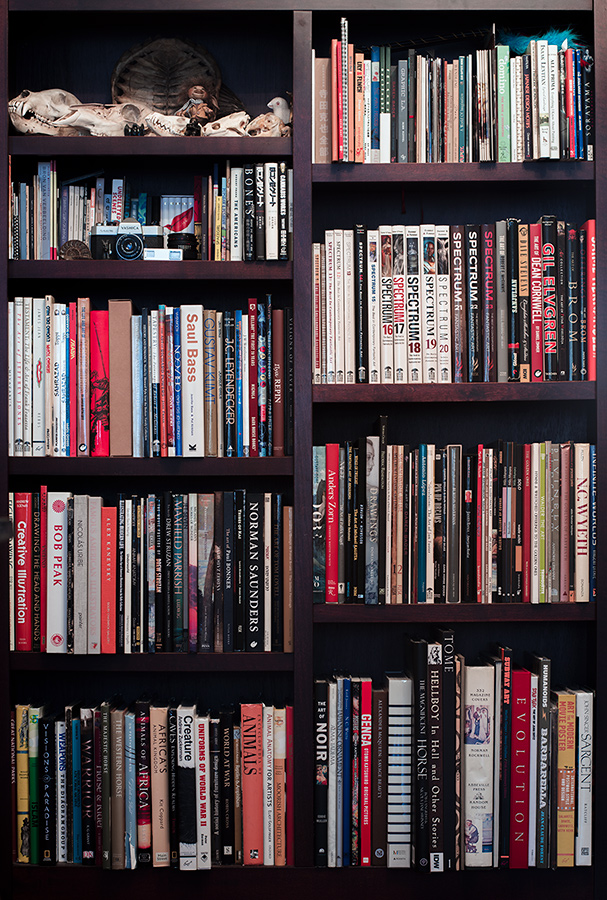
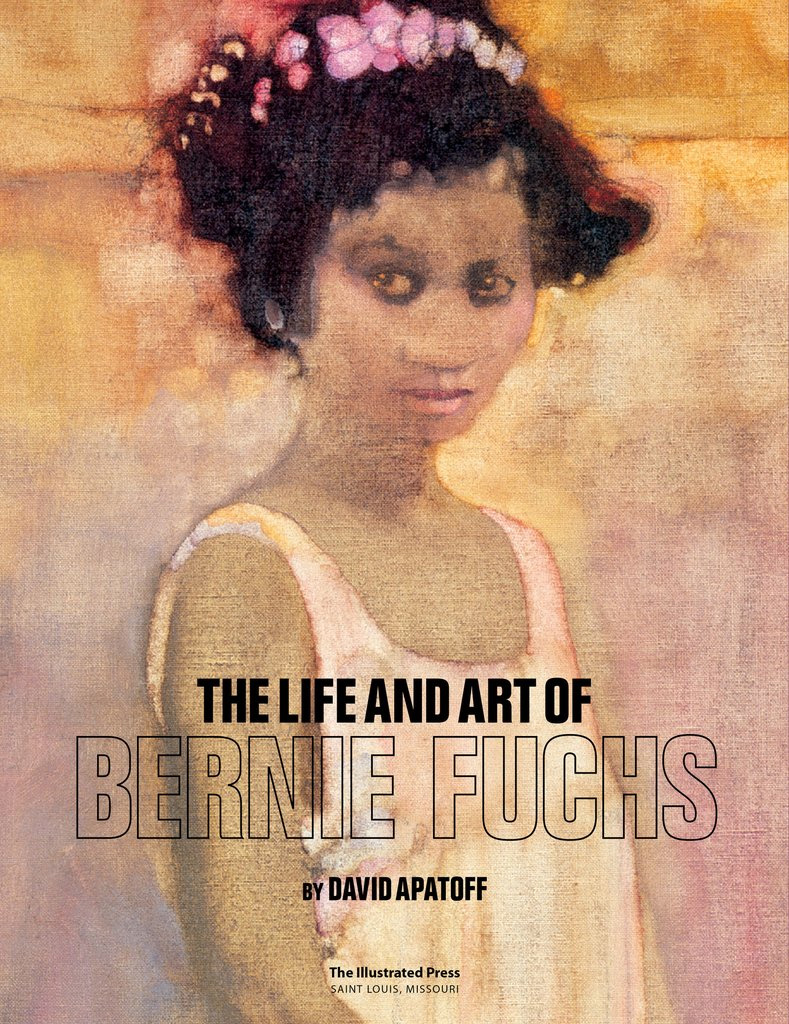
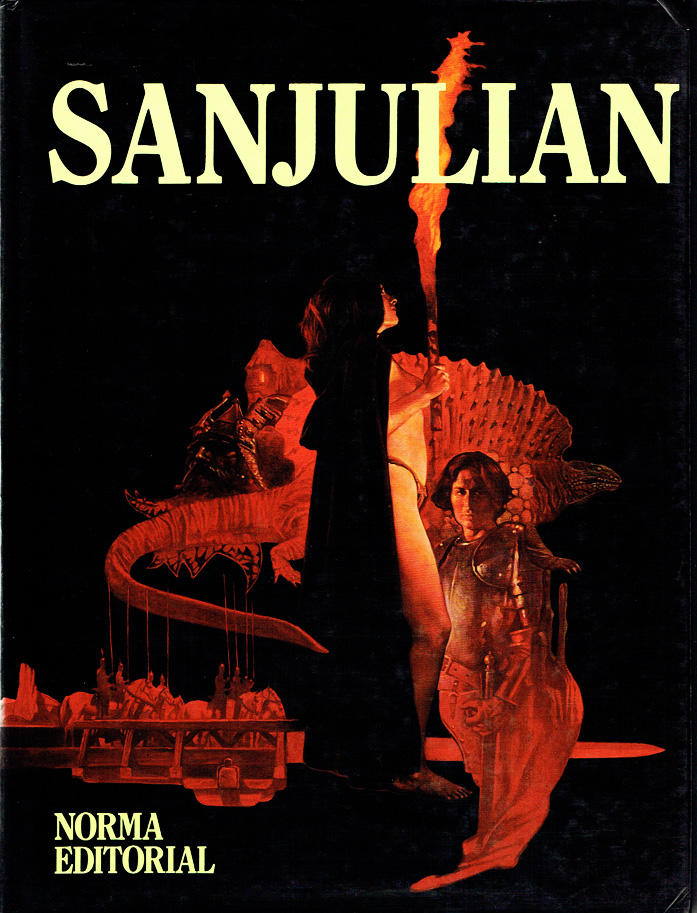
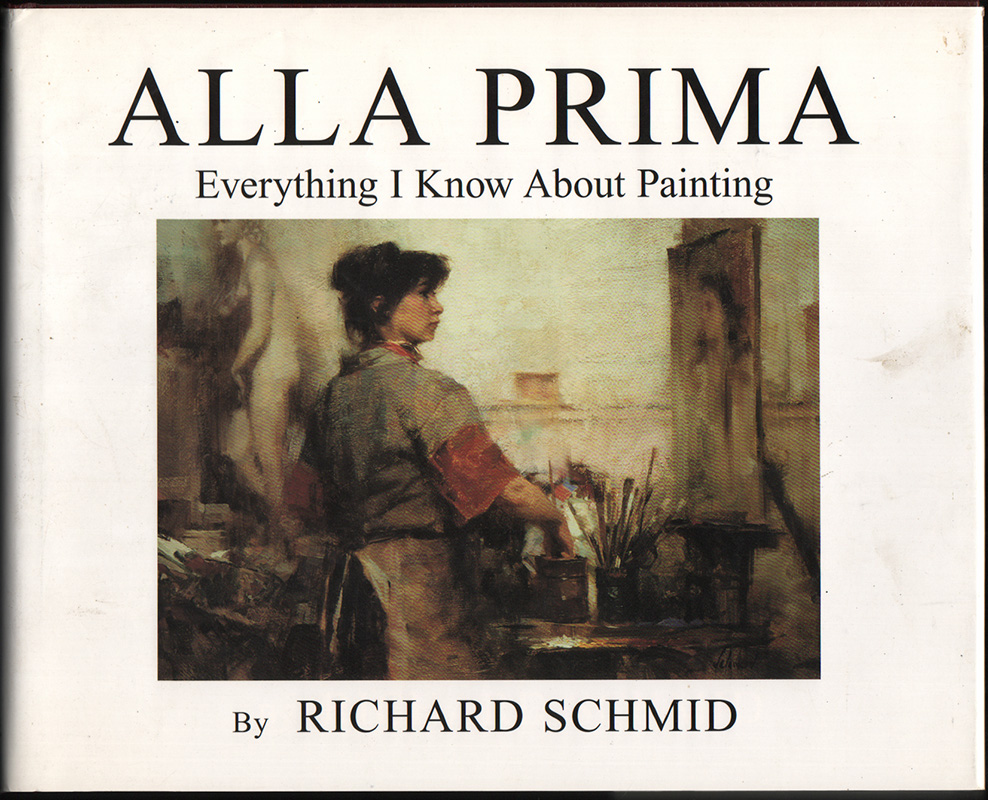
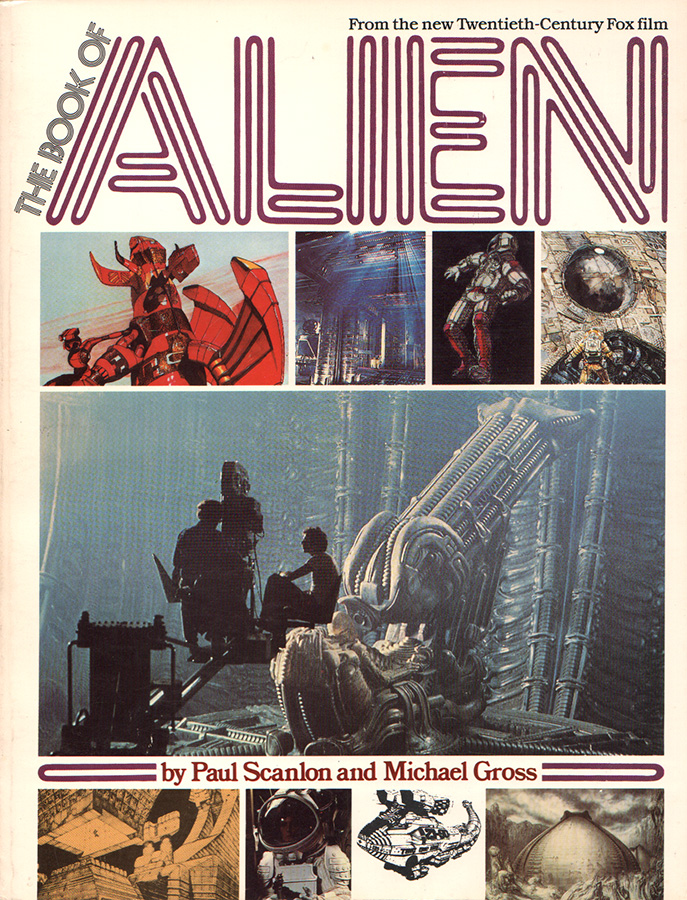
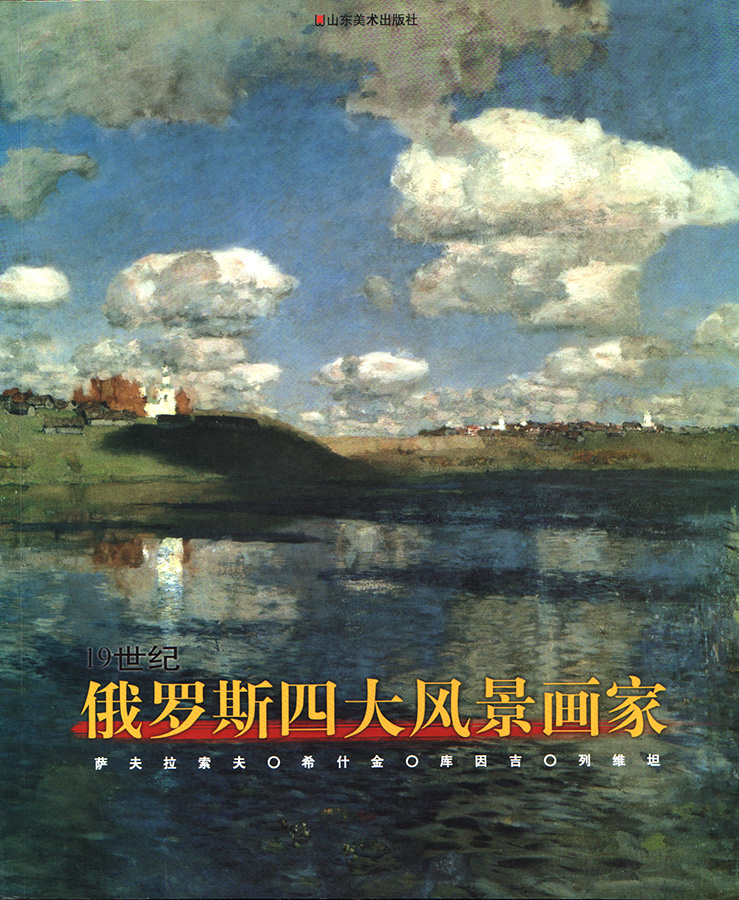
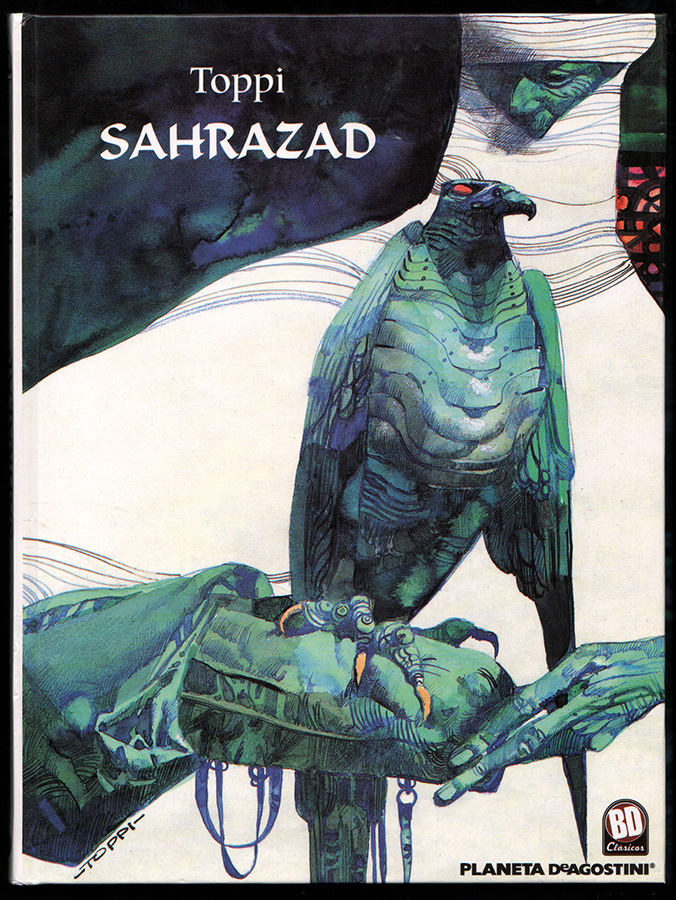
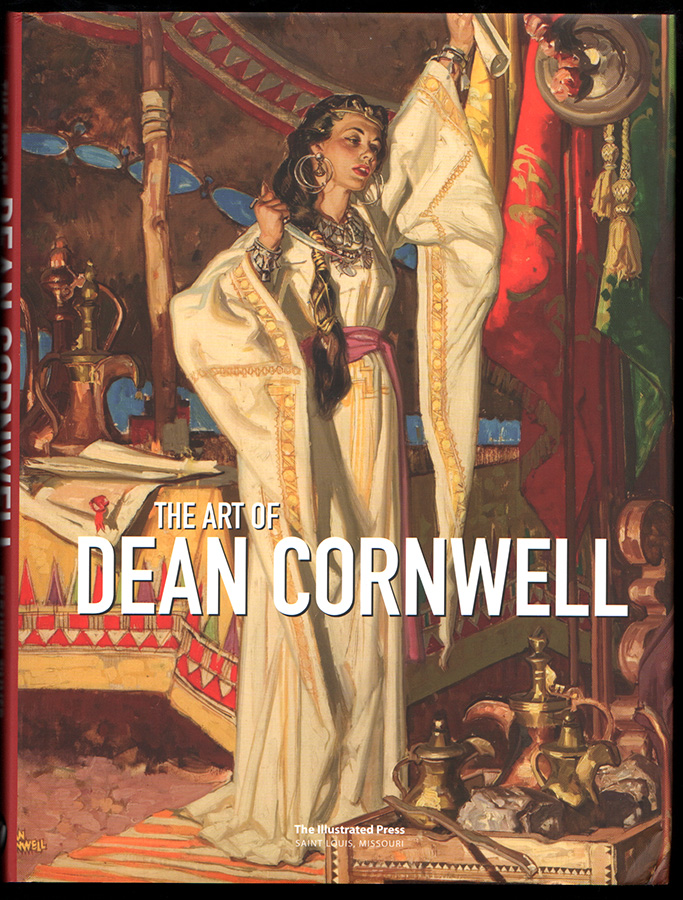
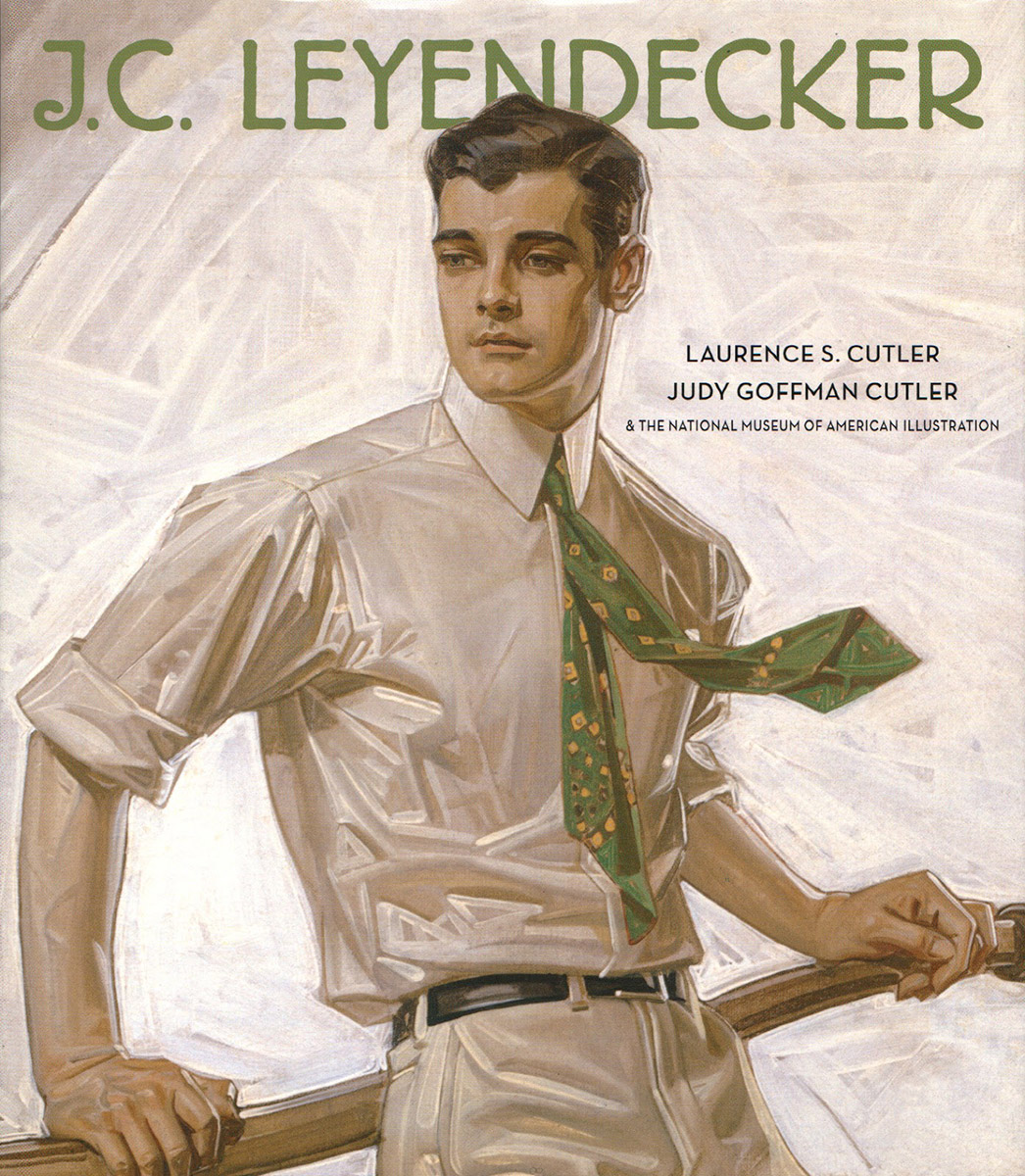
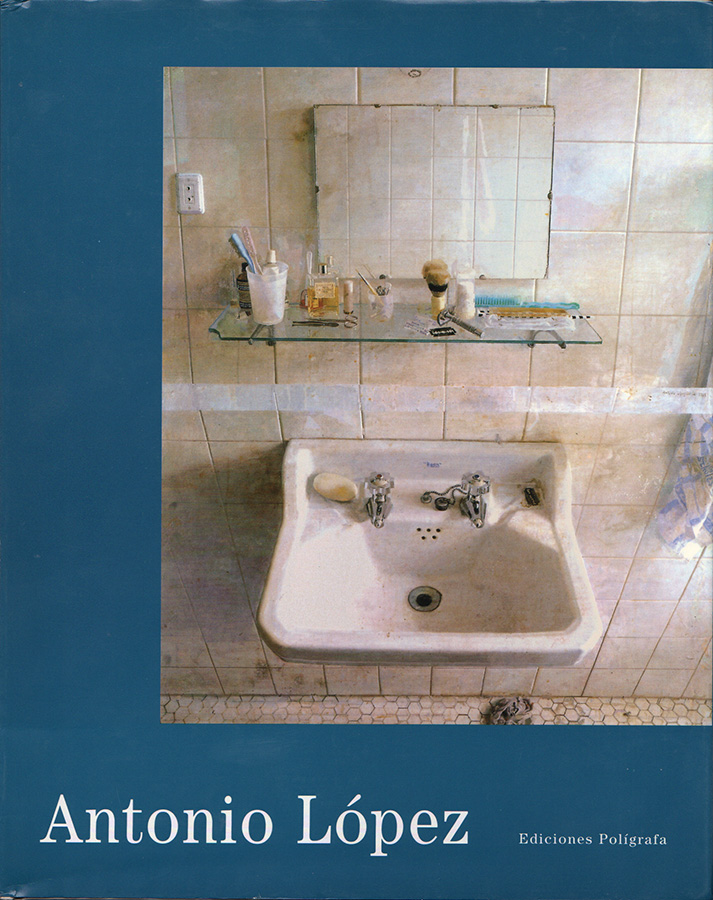
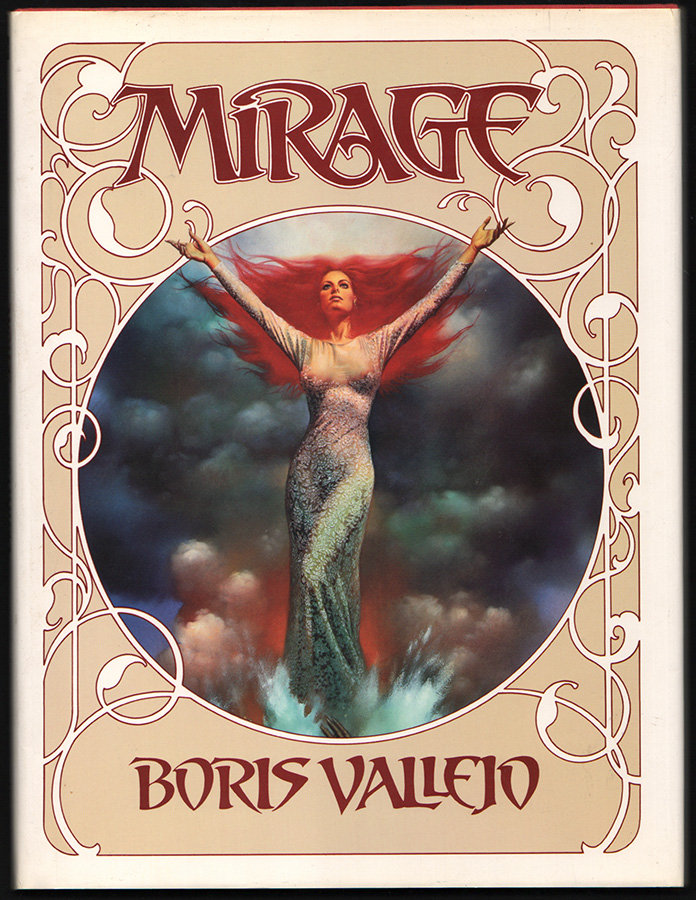
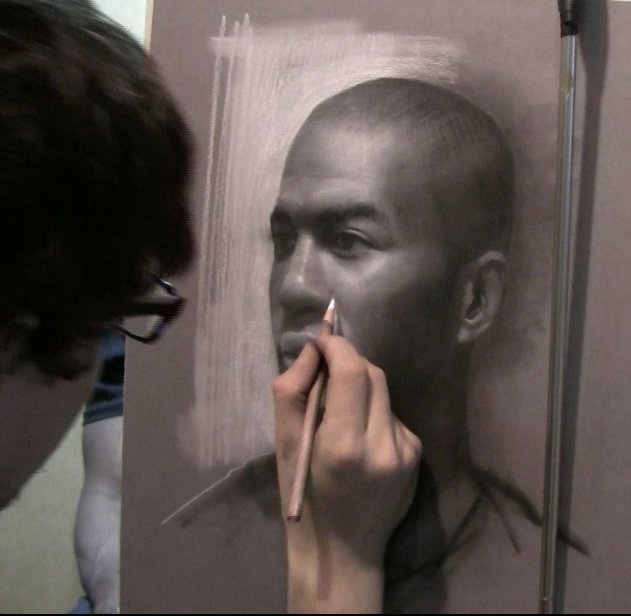
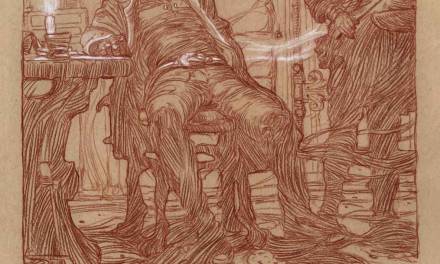
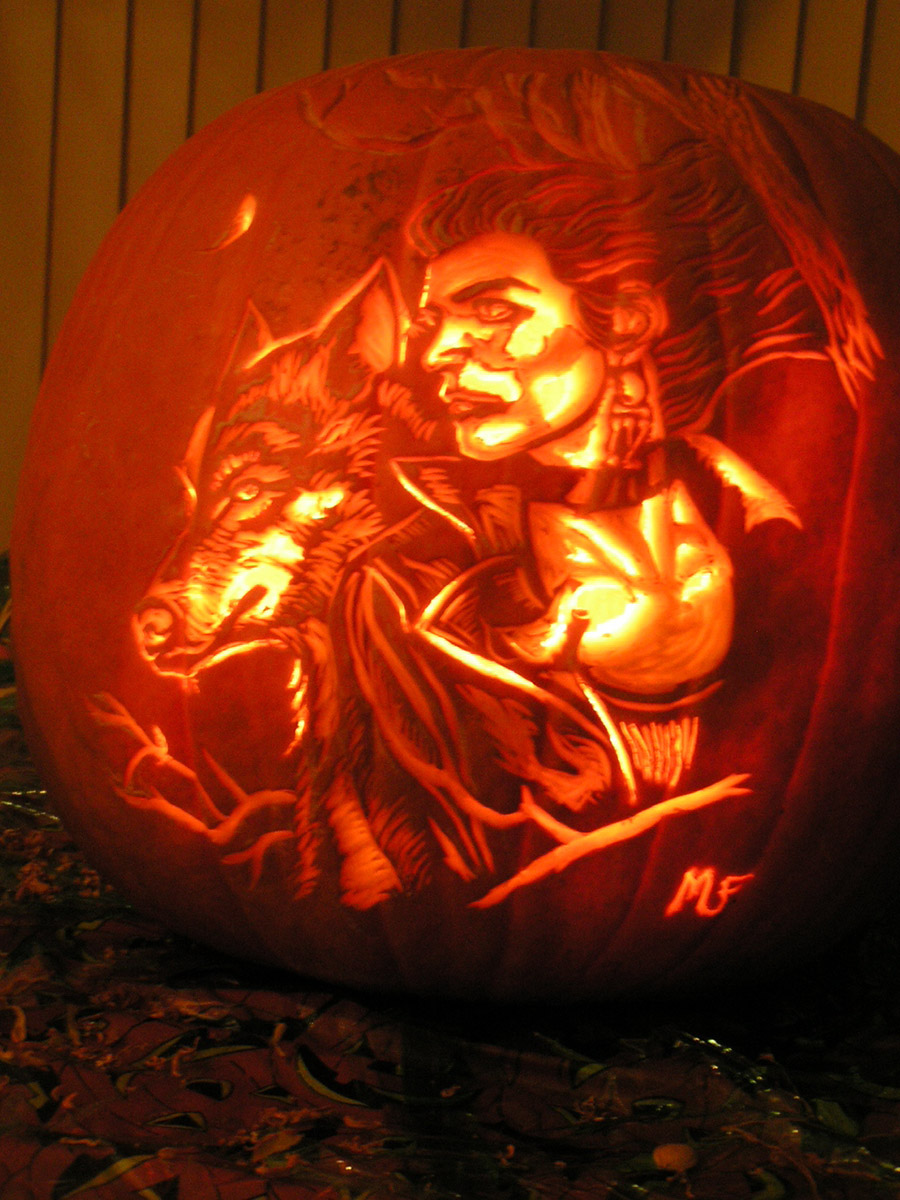
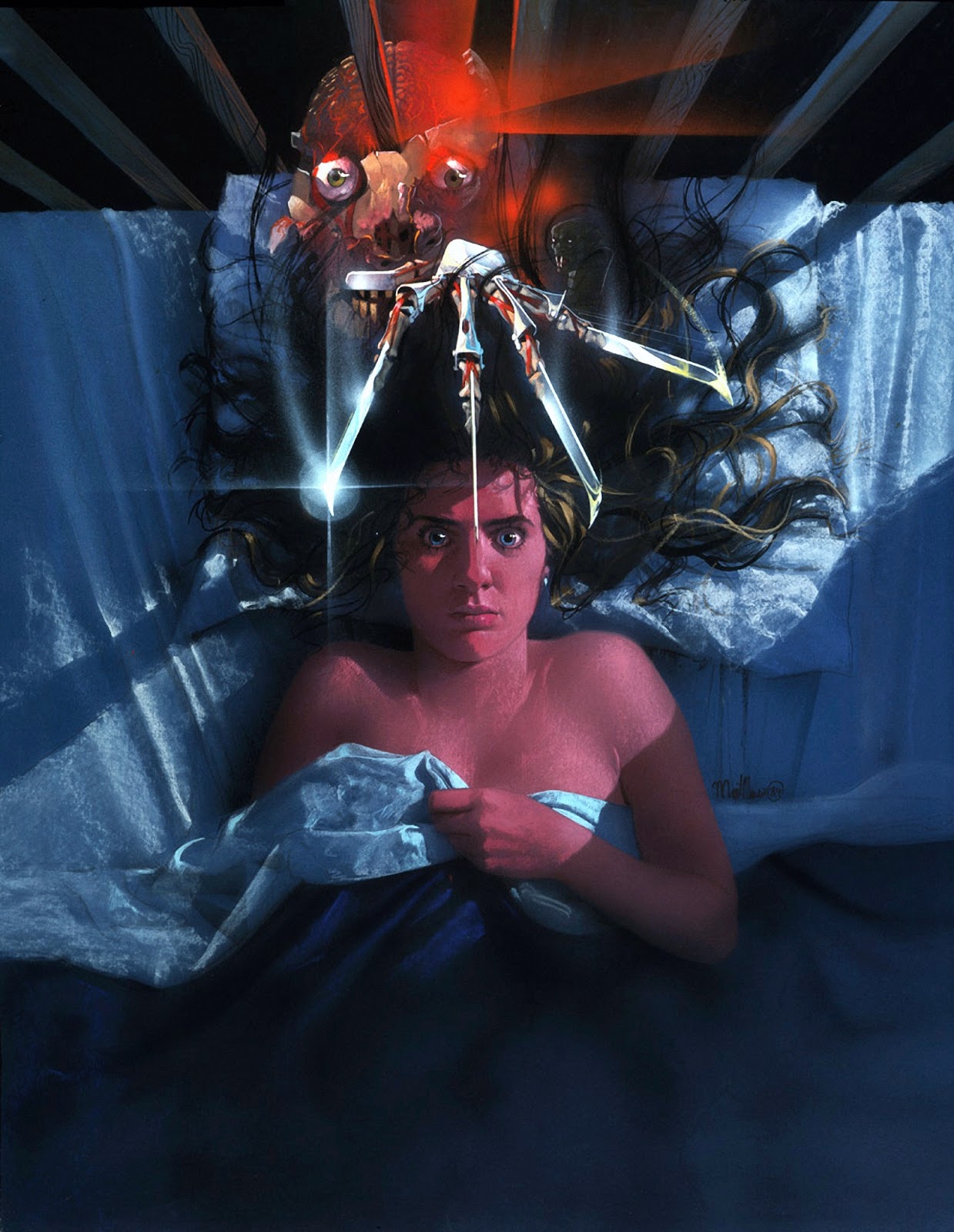

I love posts like this — always a treat to see other people's books.
I recently picked up an English version of the Sergio Toppi book; it's sold as “Sharaz-de: Tales from the Arabian Nights,” and the text doesn't disappoint.
Oh, I see it on Amazon, awesome!
Great list Dave. You should also check out the Illustration magazine #15 on Fuchs. Has a lot of his 60's work not in the book and I kind of prefer that era of his work. And if you haven't seen them already I think you will enjoy my fuchs flickr sets.https://www.flickr.com/photos/mattdicke/albums/72157625369781729
You can tell a site is going to work out an expensive find when you get your notebook out and start writing down book titles. These all look amazing and your enthusiasm shines through. I'm definitely getting that English version of Tales of the Arabian Nights.